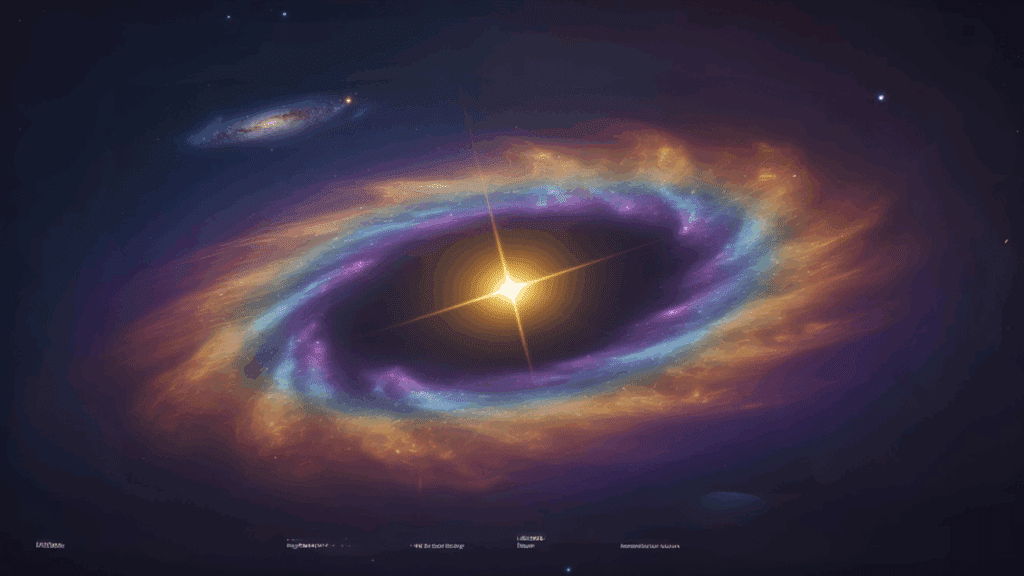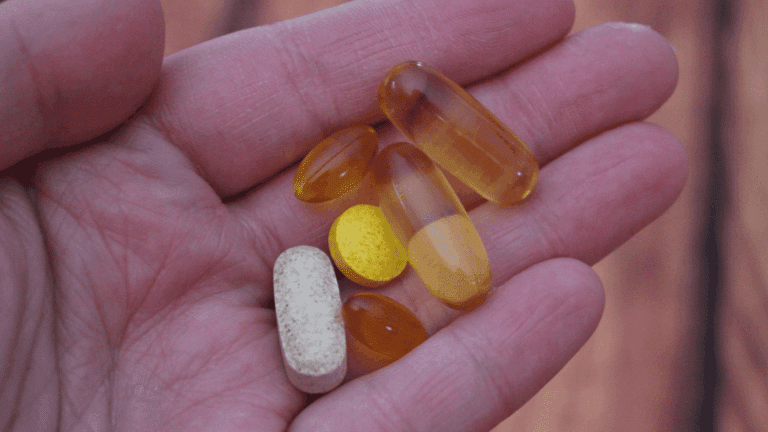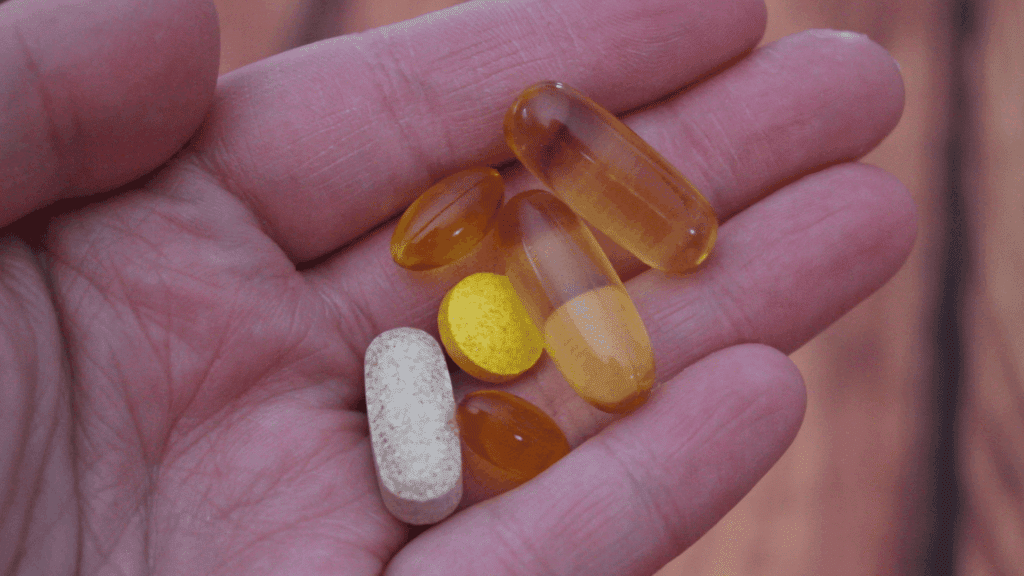Think readers know what’s really going on up there? Most people see pretty twinkles. But astronomers know the truth – those are massive nuclear explosions happening millions of miles away.
Some stars could swallow our entire solar system. Others spin so fast they’re flat pancakes. There are diamond stars and others that rain liquid metal.
This collection features mind-blowing facts that’ll change how readers see the night sky. These aren’t boring textbook facts.
They’re secrets that make astronomers lose sleep with excitement. Ready to learn what’s really happening in space?
What Are Stars and How Do Their Types Vary Across the Universe?
Stars are giant balls of hot gas that shine bright in space. They make their own light by burning gas inside them.
The sun is a star that sits close to Earth, which is why we can see it during the day. All other stars look like tiny dots because they are very far away.
Stars burn hydrogen gas to make energy and light. This process happens deep inside the star, where it gets very hot.
The heat and pressure turn hydrogen into helium and create the bright light we see. This burning can last for millions or billions of years.
Different Types of Stars
- Red dwarf stars are small and cool stars that glow red. They burn their fuel slowly and can live for a very long time. Most stars in space are red dwarfs.
- Yellow stars like our sun are medium-sized and burn at normal heat. They give off yellow and white light. These stars live for about 10 billion years.
- Blue giant stars are huge and very hot stars that burn blue and white. They use up their fuel fast and don’t live as long as smaller stars.
- Red giant stars are old stars that have grown very big. They happen when yellow stars get old and start to die. They glow red because they are cooler on the outside.
- White dwarf stars are tiny, hot stars that are left over when medium stars die. They are very dense and slowly cool down over time.
Surprising Fun Facts About Stars

1. Stars Aren’t Actually Twinkling
Stars appear to twinkle due to the Earth’s atmosphere, which bends the light as it travels to us.
2. There Are More Stars Than Grains of Sand
In just our Milky Way galaxy, there are more than 100 billion stars, and the universe contains trillions of galaxies.
3. Our Sun Is Just a Middling Star
The Sun is classified as a “yellow dwarf,” but it’s far from the biggest or hottest star out there.
4. A Star’s Color Indicates Its Temperature
Blue stars are the hottest, while red stars are cooler. Our Sun is a yellow star, which is somewhere in the middle.
5. Most Stars Are Red Dwarfs
About 70-80% of all stars are red dwarfs, which are smaller and cooler than our Sun.
6. Some Stars Are So Massive They Can Warp Time
The gravity of extremely massive stars can bend space-time, making time appear to slow down near them.
7. Stars Can Have Multiple “Siblings”
Many stars are part of binary or even trinary systems, where two or more stars orbit a common center of mass.
8. The Biggest Star Ever Discovered Is Enormous
The largest known star, UY Scuti, is around 1,700 times the size of our Sun!
9. Stars Are Born in “Stellar Nurseries”
Stars form in clouds of gas and dust called molecular clouds, which act as giant nurseries.
10. Some Stars Could Live for Trillions of Years
While most stars have lifespans of billions of years, tiny red dwarfs could live for a mind-boggling 100 trillion years!
11. Supernovae Are Explosive
When massive stars reach the end of their lives, they explode in supernovae, creating heavy elements like gold and uranium.
12. A Supernova Can Outshine an Entire Galaxy
For a brief period, a supernova can shine brighter than an entire galaxy, releasing more energy than the Sun will in its entire lifetime.
13. A Star’s Death Can Create a Black Hole
The core of a massive star that collapses after a supernova can become a black hole, a region in space with gravitational pull so strong that even light can’t escape.
14. Our Sun Will One Day Become a Red Giant
In about 5 billion years, the Sun will expand into a red giant and engulf the inner planets, including Earth.
15. A Star’s Core Is Hotter Than Its Surface
The core of a star can reach temperatures of over 27 million degrees Fahrenheit (15 million Celsius), while its surface is much cooler.
16. Stars Can Be Born in Groups
Stars don’t just form in isolation; they often form in clusters, where dozens or even hundreds of stars are born at the same time.
17. Stars Can Have Planets Orbiting Them
Like our Sun, many stars have planets orbiting them. Some of these planets could even support life.
18. The Sun Isn’t the Only Star in the Solar System
While the Sun is the central star, it’s not the only one. There are many stars in our galaxy, and some might be closer to Earth than you think.
19. Some Stars Have “Planets” That Orbit in Reverse
Some stars have planets that orbit them in the opposite direction to the star’s rotation. This phenomenon is still a mystery to scientists.
20. Some Stars Are “Runaway” Stars
These stars move through space at incredibly high speeds, likely ejected from their original star systems.
21. There’s a Star That “Rings” Like a Bell
Some stars vibrate like a bell, and scientists use these vibrations to study their inner structure. These are called “asteroseismology” stars.
22. The Closest Star to Earth is Proxima Centauri
Proxima Centauri is located about 4.24 light-years away, making it the closest known star to Earth after the Sun.
How Stars Are Born, Live, and Die in the Cosmos
Stars are cosmic engines that light up the universe, and their lives are dramatic journeys shaped by gravity, nuclear fusion, and their own mass. Here’s a breakdown of their lifecycle:
Birth: Stellar Nurseries
Stars begin in molecular clouds, huge, cold regions of gas and dust in space. When these clouds are disturbed, gravity pulls material into dense clumps called protostars.
- As the clump collapses, it heats up and forms a spinning disk.
- When the core gets hot enough, nuclear fusion ignites (hydrogen turns into helium), and a main-sequence star is born.
Life: The Main-Sequence Phase
This is the longest stage, where stars burn hydrogen in their cores. Their lifespan depends on mass:
- Low-mass stars (red dwarfs): Burn slowly for trillions of years.
- High-mass stars: Burn fiercely, lasting only millions of years.
- Sun-like stars: Shine steadily for about 10 billion years.
Stars stay stable during this phase because fusion’s outward pressure balances gravity’s inward pull.
Death: The Final Act
When hydrogen runs out, a star’s fate depends on its mass:
Low to Intermediate Mass (like the Sun)
- Expands into a red giant as helium fuses into carbon in the core.
- Sheds outer layers, forming a planetary nebula.
- Leaves behind a white dwarf; a dense, Earth-sized ember that cools over billions of years.
High Mass (much bigger than the Sun)
- Burns through heavier elements (carbon, oxygen, silicon, iron) in layers.
- Collapses violently when fusion stops, triggering a supernova explosion.
- Leaves a neutron star or black hole, depending on the core’s mass.
The Bottom Line
Stars aren’t just distant lights anymore, are they? Now readers know they’re witnessing cosmic factories, diamond worlds, and explosions that dwarf anything on Earth.
Each fact reveals how incredible and strange our universe really is.
These stellar secrets are just the beginning of what’s out there waiting to be explored. Every night sky holds billions of stories, and astronomers are still writing new chapters.
Here’s what readers should do next: grab a pair of binoculars or visit a local observatory. Share these facts with friends who think space is boring.


















